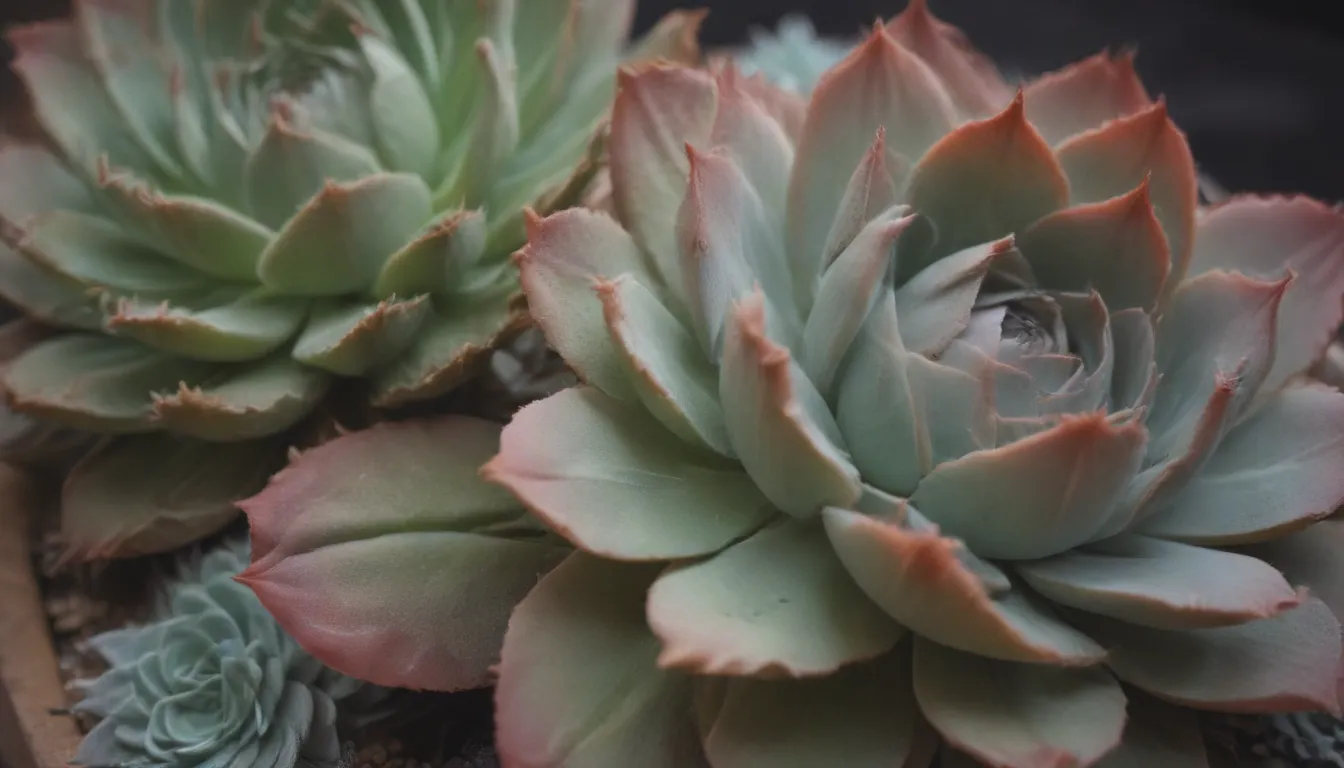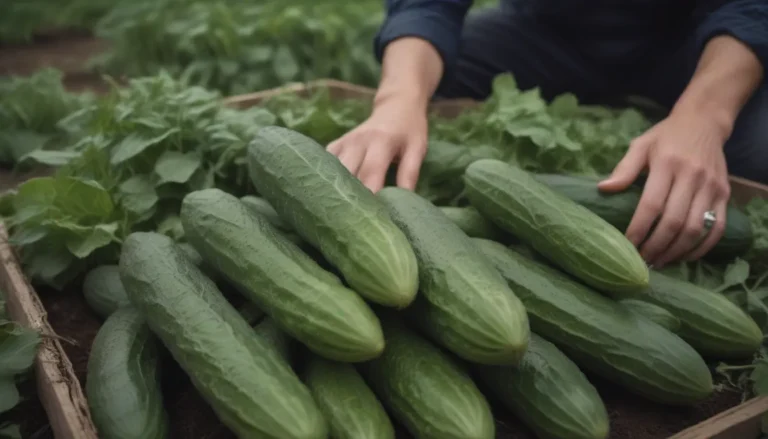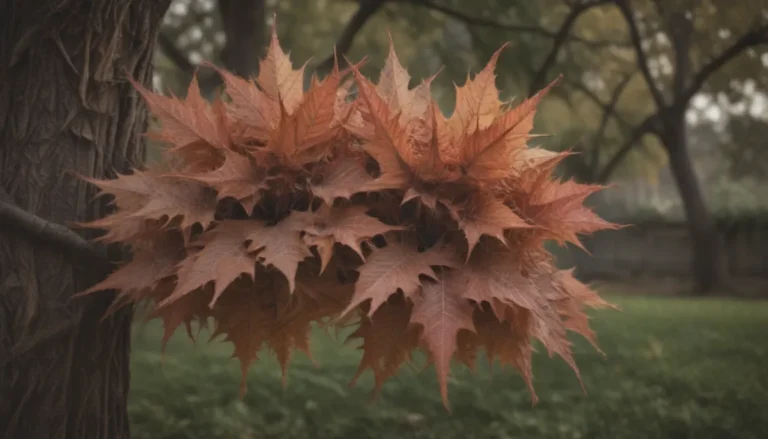Comprehensive Guide to Growing Echeveria (Top Succulent Tips)

Are you a fan of succulents and looking to add some unique plants to your collection? Echeverias might just be the perfect choice for you. These fast-growing succulents are loved for their striking rosette shape, plump leaves, and wide range of colors that resemble beautiful flowers. In this in-depth guide, we will explore everything you need to know about growing and caring for Echeveria plants, from light and soil requirements to pruning, propagating, and common issues you might encounter along the way.
Everything You Need to Know About Echeveria Care
Echeverias belong to the Crassulaceae family and are native to parts of Central America, South America, and Mexico. These succulents have fleshy, thickened leaves and stems that store water, making them well-suited for bright, dry environments. Here are some essential care tips to keep your Echeveria thriving:
-
Light: Echeverias require at least 4-5 hours of bright, direct sunlight daily, ideally 6 hours. Lack of sunlight can cause them to become elongated and leggy. During the summer months, consider moving your plant outdoors to help it flourish while ensuring it receives some shade during intense afternoon sunlight.
-
Soil: Echeverias need a well-draining, porous growing medium to prevent excess moisture around their roots. A standard cactus potting mix or a mix of regular potting soil, coarse sand, and perlite works well for these plants.
-
Water: Proper watering is crucial for Echeverias. These succulents do not require frequent watering but should not be left too dry. Wait until the soil has dried out completely before watering and make sure to give them a good soaking. Overwatering can lead to root rot, so it’s better to underwater than overwater.
-
Temperature and Humidity: Echeverias thrive in hot, dry conditions and do not tolerate cold temperatures well. Avoid placing them in humid locations, as this can lead to root rot. Most Echeverias are cold hardy to USDA zone 9a and can grow indoors or outdoors depending on your climate.
-
Fertilizer: While Echeverias do not require frequent fertilizing, occasional feeding during the spring and summer months can benefit them. Use a cactus and succulent fertilizer or a balanced liquid fertilizer diluted according to the instructions.
Types of Echeveria to Explore
Echeverias are a diverse genus with around 150 species and over 1,000 cultivars to choose from. Here are a few popular varieties you might consider adding to your collection:
- Ghost Echeveria (Echeveria lilacina)
- Mexican Snowballs (Echeveria elegans)
- Mexican Firecracker (Echeveria setosa)
- Echeveria Agavoides ‘Lipstick’
Pruning and Propagating Echeveria for Optimal Growth
Pruning and propagating your Echeveria plants can help promote new growth, prevent rot, and ensure they live a long, healthy life. Here are some tips on how to maintain and propagate your Echeverias:
-
Pruning: While Echeverias do not require regular pruning, removing dead leaves and trimming leggy growth can help maintain their appearance. Pruning is best done at the beginning of the growing season.
-
Propagating: Echeverias can be easily propagated through leaf cuttings, stem cuttings, offsets, or seeds. Taking cuttings in the spring can help prevent your plant from becoming leggy and encourage new growth.
Potting, Repotting, and Overwintering Echeveria Plants
Echeverias do not need frequent repotting and should only be repotted when they outgrow their current container. When repotting, ensure the soil is completely dry and handle the plant gently to avoid damaging the roots. Overwintering your Echeveria plants is essential if you live in an area with freezing temperatures, as these succulents cannot survive the cold outdoors.
Common Pests, Diseases, and How to Keep Your Echeveria Healthy
While Echeverias are relatively easy to care for, they can still fall victim to pests and diseases. Here are some common issues you might encounter and how to address them:
-
Pests: Echeverias are rarely targeted by pests, but they can be susceptible to fungus gnats, spider mites, and mealybugs. Treat infestations with insecticidal soaps or neem oil.
-
Diseases: Fungal diseases, usually caused by overwatering or cold, damp conditions, can affect Echeverias. If your plant shows signs of rot, remove it from its pot, wash the roots, and repot it with fresh soil while treating it with a fungicide.
How to Encourage Your Echeveria to Bloom
Echeverias typically bloom after maturing for at least four seasons. To encourage flowering, deadhead wilted flowers regularly and provide the plant with adequate sunlight and well-draining soil. Fertilizing with a high-phosphorus formula during the flowering season can also help stimulate bloom production.
Common Problems and Solutions for Echeveria Care
Echeverias are resilient plants, but they can still experience issues if not properly cared for. Here are some common problems you might encounter and how to address them:
-
Discolored, Soft Growth: Too much humidity or overwatering can cause browning or blackening of leaves. Treat fungal infections with proper unpotting and repotting techniques.
-
Yellowing, Wilting, or Leaf Drop: Overwatering can lead to bleached leaves, wilting, swelling, or leaf drop. Check for insect activity and adjust your watering habits accordingly.
-
Limp, Shriveling Leaves: If your Echeveria leaves start to shrivel or wrinkle, they likely need more water. Adjust your watering schedule to prevent dehydration and promote healthy growth.
In conclusion, Echeverias are stunning succulents that can thrive with minimal care when provided with the right conditions. By following these tips and recommendations, you can enjoy a vibrant and healthy Echeveria collection in your home or garden. Experiment with different varieties, propagation methods, and care techniques to find what works best for your plants and watch them flourish year after year. Happy growing!





